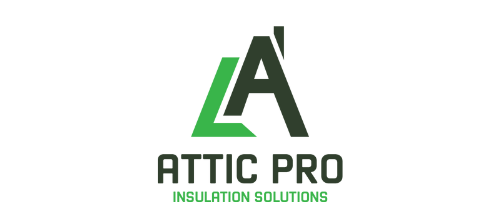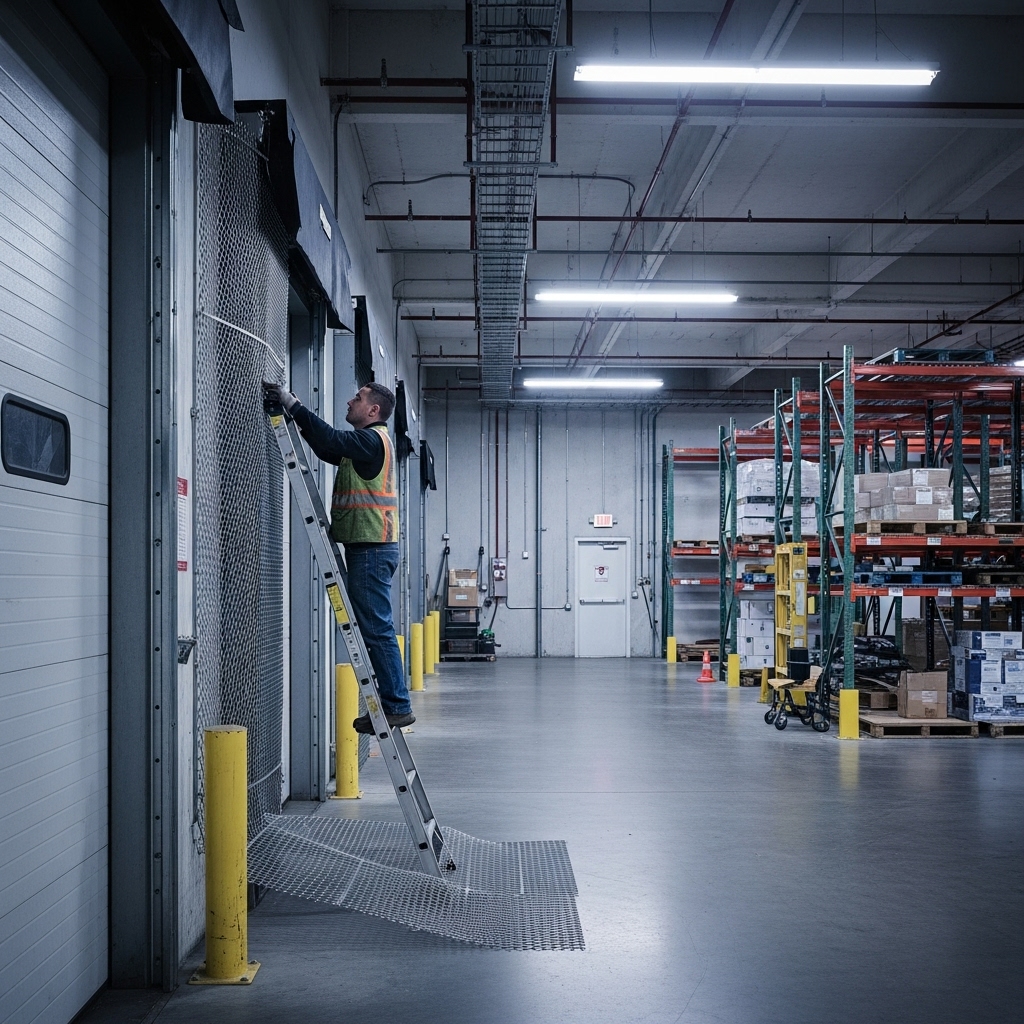In Los Angeles, the reputation of a business can rise or fall on the details most customers never see: the scent inside a lobby on a warm afternoon, the hum of an HVAC system working quietly behind the scenes, or the pristine cleanliness of a stockroom on delivery day. All of these depend on a facility that is sealed, sanitary, and steady. That is why comprehensive rodent proofing matters so much for businesses across the city, from boutique retail along Melrose to production warehouses near the Arts District, medical offices in Westwood, and neighborhood restaurants from Highland Park to Long Beach. In a metropolitan area with complex public health regulations and high customer expectations, keeping pests from entering your building is not just a maintenance task—it is operational risk management.
Los Angeles businesses occupy a wide range of building ages and types, often packed tightly along corridors where deliveries, waste management, and evening activity create a constant flow of possible attractants. It takes only a few loose points—an unscreened louver, a gap around conduit, a worn door sweep—to open your space to intrusion. Once inside, rodents do what they always do: they explore, gnaw, nest, and contaminate. Early signs are easy to miss under bright lights and efficient routines. A count of food tins seems off. An employee hears a rattle behind a wall panel. An odor lingers near the mop sink. These moments are when proactive proofing pays for itself long before any crisis erupts.
Protecting your brand and meeting regulations
In the business environment, a clean inspection record is a pillar of trust. Health departments and corporate auditors alike are trained to interpret small clues—debris in a corner, gnaw marks near a feed line, droppings under a pallet—and connect those dots to larger risks. Robust exclusion and maintenance eliminate these weak points and reduce the chance of violations or corrective action plans that divert attention from core operations. Even when your industry is not directly food-adjacent, employees and visitors interpret cleanliness as a proxy for professionalism. A pest-free environment tells a reassuring story without a word being said.
Reputational risk goes beyond a single inspection. In a social-media-aware city, perceptions travel quickly. A rumor embedded in a customer review or a candid staff post can persist in search results, shaping first impressions for years. The most reliable defense is to prevent visible problems from arising in the first place by keeping pests out and addressing sanitation and storage practices that reduce attractants.
Protecting inventory, infrastructure, and uptime
Rodents do not discriminate between product lines and service corridors. They work along the edges, follow warmth, and settle in the quietest spaces. In warehouses, ceiling voids and high-bay beams are natural routes. In offices, underfloor cable runs and server rooms draw attention. In medical or lab environments, even small breaches can compromise sterile practices or sensitive storage. Proofing programs that integrate physical exclusion with staff training and defined housekeeping prevent the kinds of slow, invisible damage that lead to sudden outages—like a chewed data line, a shorted junction box, or contaminated packaging that must be discarded.
Uptime is currency. When a point-of-sale counter goes dark or a refrigerated case fails on a Saturday, you lose sales and confidence. A smart exclusion strategy reinforces utility penetrations, secures equipment pads, and protects mechanical rooms so the equipment you rely on keeps doing its job without surprise interruptions.
Tailoring proofing to the LA business landscape
What separates Los Angeles from other markets is the mix of climate and building stock. The coastal influence means cooler nights year-round, drawing pests toward the warmth of conditioned interiors. The Valley brings heat that expands and contracts materials, opening micro-gaps beneath flashing and along door thresholds. Loading docks face unique challenges with constant movement, and shared walls in commercial centers can turn a neighbor’s problem into yours overnight. A tailored program looks at all these factors, mapping typical travel routes and hardening the envelope without disrupting customer-facing aesthetics.
In the middle of any project plan, we discuss not just sealing but also how modern rodent proofing supports your broader risk strategy. By aligning exclusion with cleaning schedules, waste handling, and vendor deliveries, you knit together a routine that is easy to follow and resilient when staff turn over. Door sweeps are checked as part of opening procedures. High shelves are kept clear underneath for swift inspection. Landscaping is trimmed away from structures. These are subtle shifts that add up to a tighter operation.
Industry nuances and real-world examples
Consider a café near a busy intersection. Evening deliveries bring cardboard and food odors, while sidewalk seating means doors are propped open. A well-designed plan sets up vestibule habits, keeps waste containers sealed and slightly off walls, and reinforces vents with corrosion-resistant screening. In a production facility, proofing might target cable trays, mezzanines, and the interface between older and newer construction where gaps often hide. For offices, attention turns to plenum spaces, break rooms, and the slender gap at the base of rolling doors in parking garages. Different settings, same principle: make entry difficult, make nesting impossible, and reduce the rewards for exploration.
It is also important to be realistic about how buildings age. Commercial doors take a beating. Rooftop units are serviced by multiple vendors with different standards. Renovations open and close pathways that no one intended. Annual or semiannual reviews help catch these small shifts early, capturing repairs in a predictable cycle rather than in a rush after an incident.
Employee confidence and culture
There is a morale effect that leaders appreciate once they experience it. Staff feel safer and more respected when their workspace is clean, odor-free, and consistent. It is easier to recruit and retain good people in a space that operates smoothly and looks cared for. When a team is not distracted by gnawing concerns—literally—they can focus on customers, creativity, and service. This is where the practical and the human overlap: a sealed building supports a healthy culture.
Frequently asked questions
What are the first signs a business needs proofing?
Look for droppings near baseboards or storage racks, grease marks along travel routes, gnawing on packaging or wiring, unexplained odors, or complaints of scratching sounds from ceilings or walls. Any one of these is reason enough for a professional assessment.
Will proofing impact daily operations?
Work can be scheduled during off-hours or staged by zone to minimize disruption. Good planning and communication keep teams informed and spaces safe while the building is reinforced.
Do you use chemicals?
The emphasis is on physical exclusion, sanitation, and habitat modification. When traps or targeted treatments are appropriate, they are used thoughtfully and in accordance with industry best practices and regulations, especially in sensitive environments.
How often should a business reassess?
At least annually, and after any renovation, new tenant on a shared wall, or mechanical change that alters penetrations or airflow. Some high-traffic or food-adjacent businesses benefit from quarterly reviews.
Can proofing help with insurance or audits?
Many auditors view proactive exclusion and documented sanitation plans favorably. While requirements vary, proofing supports compliance and demonstrates due diligence, which can reduce friction during inspections.
If your organization is ready to reduce risk, protect inventory, and keep your team focused on what you do best, schedule professional rodent proofing with a local Los Angeles partner who understands your building type and industry needs. A tighter, cleaner facility is an investment in your brand and the everyday confidence of your staff and customers.

